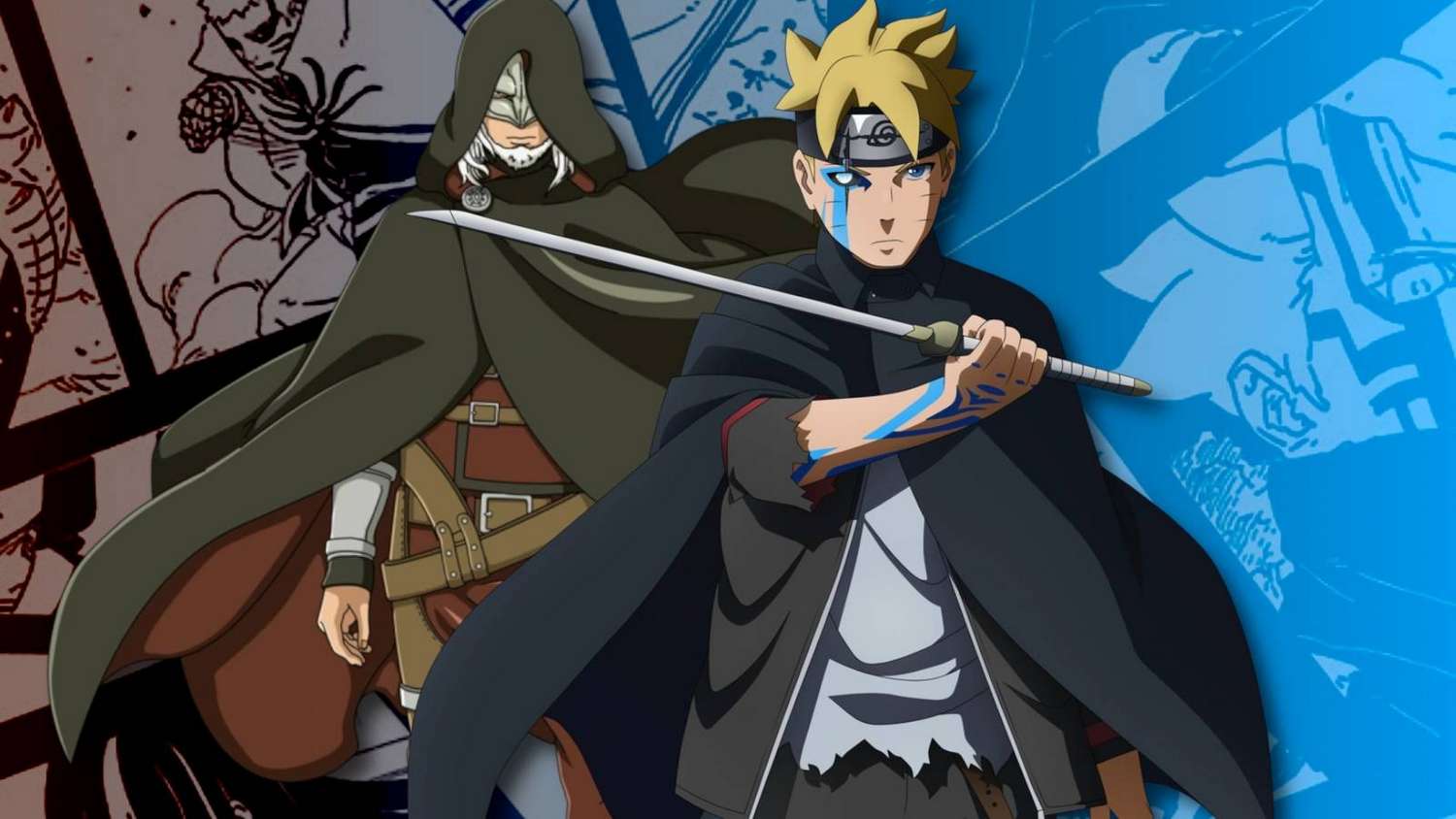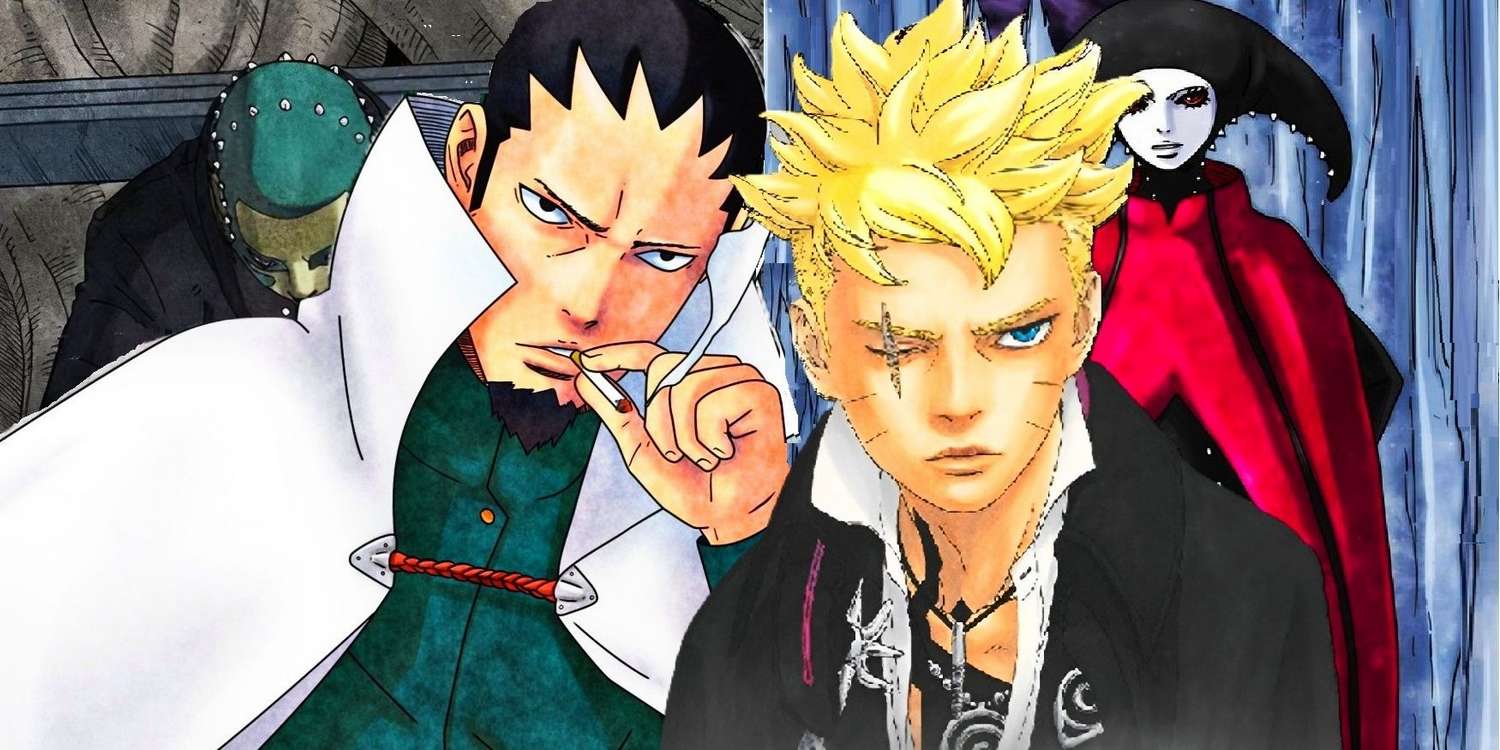Boruto’s Reign Challenged: A Deep Dive into the Rise of New Gen Manga Dominance
Popular Now
 Black Myth: Wukong
Black Myth: Wukong
 Minecraft
Minecraft
 NBA 2K24
NBA 2K24
 Sonic the Hedgehog™ Classic
Sonic the Hedgehog™ Classic
 Grand Theft Auto V
Grand Theft Auto V
 Free Fire Max
Free Fire Max
 Gacha Club
Gacha Club
 Candy Crush Saga
Candy Crush Saga
 Toca Boca World
Toca Boca World
 Garena Free Fire: Kalahari
Garena Free Fire: Kalahari Boruto’s Reign Challenged: A Deep Dive into the Rise of New Gen Manga Dominance
In the fiercely competitive landscape of the Japanese manga industry, few series manage to sustain multi-generational appeal. For years, the legacy of Naruto extended seamlessly into its sequel, Boruto: Naruto Next Generations. However, recent trends and critical reception suggest a significant shift, with Boruto increasingly overshadowed by a vibrant wave of ‘new generation’ manga. This analysis delves into the factors contributing to Boruto’s perceived decline and examines the innovative series that are now capturing the global imagination, potentially marking a new era for shonen entertainment.
The Shifting Tides: Boruto’s Current Standing
When Boruto first launched, it carried the immense weight and anticipation of being the direct continuation of one of the most successful manga franchises in history. Fans were eager to see Naruto’s son forge his own path, exploring new threats and developing unique powers in a technologically advanced Hidden Leaf Village. Initially, sales figures and fan engagement were robust, propelled by brand loyalty and the inherent curiosity surrounding the future of the Naruto universe.
However, over time, a growing segment of the audience and critics began to voice concerns. Issues frequently cited include:
- Pacing and Narrative Consistency: While the manga, especially its current iteration, Boruto: Two Blue Vortex, has seen moments of intense action and character development, some argue that the overall narrative progression can feel slow or inconsistent, particularly when compared to the breakneck speed and tight plotting of its contemporaries.
- Character Development: Critics often point to a perceived lack of depth in some new characters or an underutilization of established fan favorites from the Naruto era. The focus on Boruto himself, while central to the story, sometimes leaves other characters feeling underdeveloped.
- Art Style and Action Choreography: While Ikemoto’s art style has evolved, some readers express preferences for the more dynamic and detailed paneling seen in other popular shonen titles, particularly regarding fight sequences.
- Over-reliance on Legacy Characters: While a strength, the constant comparison and reliance on Naruto and Sasuke’s power levels sometimes diminish Boruto’s ability to stand on his own as a formidable protagonist.
These factors, among others, have created an opening for other series to not just gain traction but to potentially surpass Boruto in critical acclaim, sales, and cultural impact.
The Ascendancy of New Gen Challengers
The past few years have witnessed an explosive growth in incredibly diverse and compelling new shonen manga. These series, often blending traditional shonen tropes with unique premises and sophisticated storytelling, have captivated audiences worldwide. Several titles stand out as direct or indirect competitors, demonstrating the dynamism of the modern manga market:
- Jujutsu Kaisen: Gege Akutami’s dark fantasy series has been an absolute phenomenon. Its intricate power system, compelling characters, visceral action, and willingness to explore morally ambiguous themes have garnered a massive following. The anime adaptation, produced by MAPPA, further amplified its global reach, making it a critical and commercial juggernaut.
- Chainsaw Man: Tatsuki Fujimoto’s bizarre, brutal, and utterly unique creation redefined expectations for shonen manga. Its unpredictable plot, grotesque yet endearing characters, and subversive humor quickly propelled it to cult status before exploding into mainstream popularity. Its distinct art style and uninhibited storytelling offer a refreshing alternative.
- Spy x Family: Tatsuya Endo’s blend of action, comedy, and heartwarming family dynamics presents a different flavor of shonen. Its widespread appeal lies in its endearing characters, clever espionage plots, and universal themes of belonging and acceptance. It proves that compelling narratives don’t always require constant battles to dominate the charts.
- Kaiju No. 8: Naoya Matsumoto’s series offers a fresh take on the monster-fighting genre with an adult protagonist and high-stakes action. Its rapid serialization and excellent execution have made it a strong contender in recent years.
- Frieren: Beyond Journey’s End: While a different genre, this thoughtful fantasy series has earned immense critical praise for its poignant exploration of time, memory, and relationships. Its recent anime adaptation has catapulted it into mainstream discussion, showcasing the industry’s capacity for diverse storytelling to gain prominence.
These series, along with others like Dandadan and emerging webtoon adaptations, collectively represent a powerful shift in audience preferences and creative direction within the shonen landscape. They offer fresh perspectives, innovative world-building, and often, a more mature or nuanced approach to storytelling that resonates deeply with contemporary readers.
Factors Driving New Gen Dominance
The success of these new series isn’t merely coincidental; it stems from several strategic and creative advantages:
- Innovation and Freshness: These manga are not beholden to previous generations’ tropes or expectations. They experiment with genre conventions, character archetypes, and narrative structures, offering truly unique experiences.
- High-Quality Anime Adaptations: The investment by studios like MAPPA, WIT Studio, and CloverWorks into producing visually stunning and narratively faithful anime adaptations has been crucial. A well-executed anime can dramatically increase a manga’s visibility, sales, and global fanbase, turning niche hits into worldwide sensations.
- Engaging Social Media Presence: These series often generate immense buzz on platforms like X (formerly Twitter), Reddit, and TikTok. Fan discussions, theories, and memes contribute to a vibrant online community that continuously promotes and dissects the content, driving further engagement.
- Strong Core Concepts: From jujutsu sorcerers battling curses to a spy, assassin, and telepath forming a fake family, the elevator pitches for these new series are incredibly compelling, immediately hooking potential readers.
- Responsive to Audience Feedback: While not universally true, many creators in the new wave appear highly attuned to their readership, allowing for dynamic storytelling that keeps fans invested.
The ability of these new generation manga to blend compelling narratives with modern sensibilities, coupled with powerful marketing and distribution channels—especially via top-tier anime productions—has created an environment where they can not only thrive but also eclipse established franchises like Boruto.
The Impact on the Shonen Landscape and Future Trends
The perceived shift in dominance from a legacy title like Boruto to a multitude of new series has profound implications for the manga and anime industries. Publishers are likely to increasingly prioritize original concepts that demonstrate strong potential for multi-media adaptation. The emphasis may shift from extending beloved franchises indefinitely to fostering diverse new talent and groundbreaking ideas.
Furthermore, it highlights a maturing audience that demands more than just nostalgia. Readers are seeking complex characters, unpredictable plots, and narratives that aren’t afraid to take risks or explore darker themes. This trend indicates a healthy evolution of the shonen genre, moving beyond some of its more rigid conventions while retaining the core elements of adventure, growth, and friendship that define it.
For fans, this means an exciting era of diverse storytelling. The availability of high-quality manga and anime across various streaming platforms and digital storefronts ensures that readers have unprecedented access to a global library of captivating stories.
Conclusion: A New Chapter for Shonen
While Boruto continues its journey, particularly with the promising developments in Two Blue Vortex, the undeniable truth is that the manga landscape has expanded dramatically. A new wave of exceptionally creative and well-executed series has emerged, capturing the critical and commercial spotlight. Titles like Jujutsu Kaisen, Chainsaw Man, and Spy x Family are not just popular; they are defining the future of shonen manga, pushing boundaries and attracting diverse audiences globally.
This isn’t necessarily a condemnation of Boruto, but rather a testament to the incredible talent and innovation currently thriving in the industry. The ‘new generation’ has arrived, proving that fresh narratives, bold artistic choices, and compelling character arcs can indeed carve out their own legendary status, even against the backdrop of an enduring legacy. The competition is fierce, and for manga enthusiasts, this intense rivalry only means more high-quality content to look forward to.










